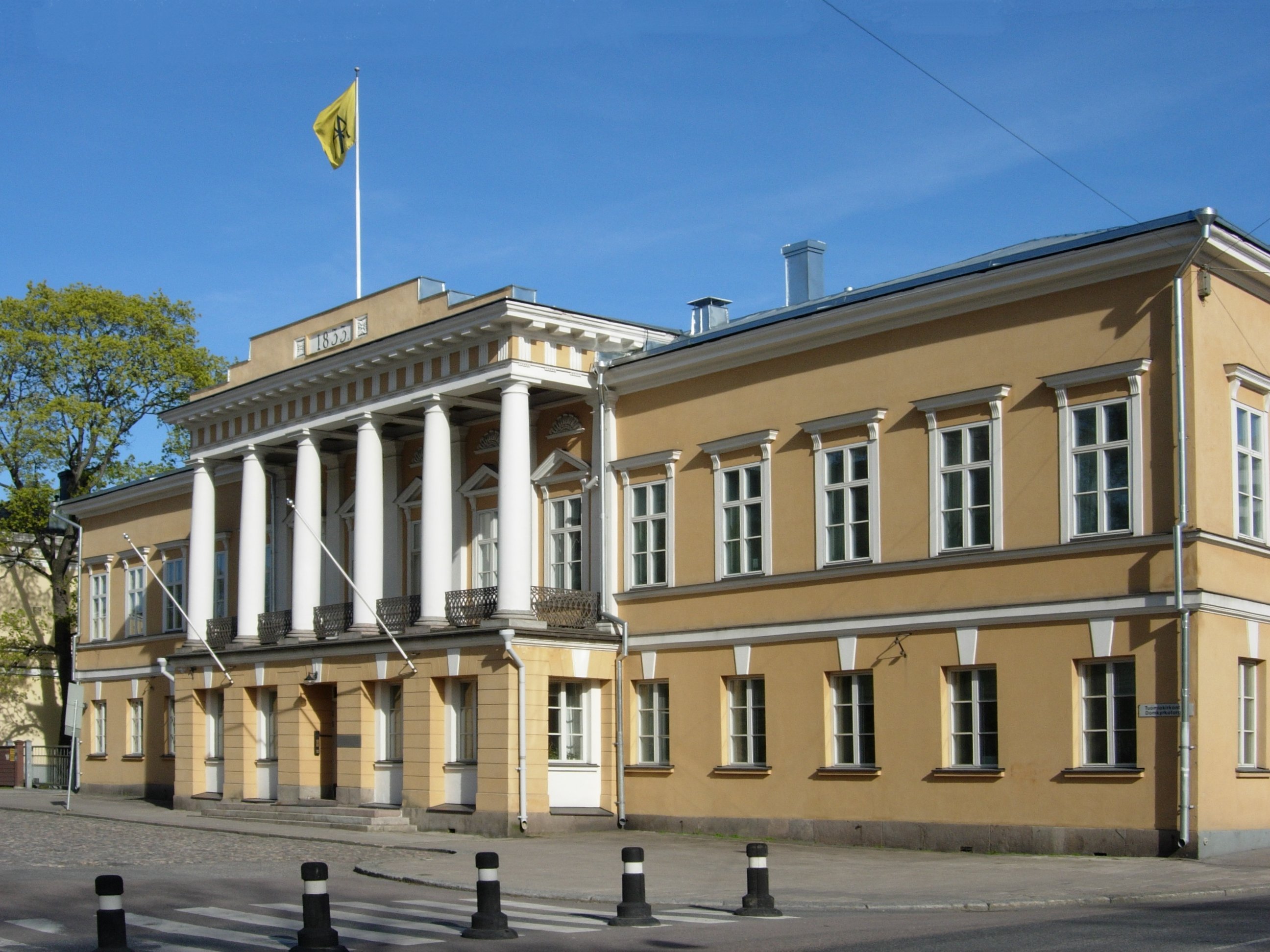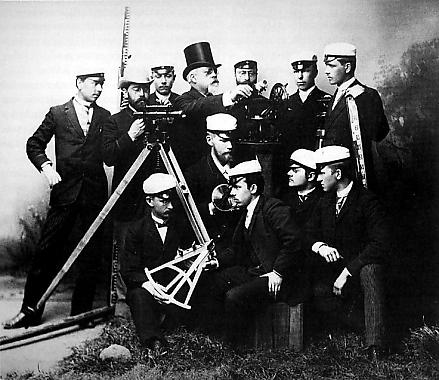|
Villa Karo
Villa Karo is a Finnish-African culture center and artist residence in the coastal village of Grand-Popo, Benin. Its purpose is to build a bridge between Finnish and African artists and cultural figures. The primary task is to offer a possibility to reside in Africa for Finnish artists, researchers, teachers and other professionals in cultural and social fields. In addition, African professionals in culture are encouraged to visit Finland. Periods for application into residence are twice in a year. The fall residencies applications are due in 15 March, and for the spring residencies applications are due in 15 September. History When writer Juha Vakkuri travelled in the region in the 1990s, he conceived the idea of establishing a cultural center in Grand-Popo. He set up a non-profit organization to promote the idea. Vakkuri named the center ''Villa Karo'' in honour of his deceased son Karo. The hearth of the center is a colonial, Afro-Brazilian style old hospital that was re ... [...More Info...] [...Related Items...] OR: [Wikipedia] [Google] [Baidu] |
Villa Karo, A Finnish-African Cultural Centre In Grand-Popo, Benin
A villa is a type of house that was originally an ancient Roman upper class country house. Since its origins in the Roman villa, the idea and function of a villa have evolved considerably. After the fall of the Roman Republic, villas became small farming compounds, which were increasingly fortified in Late Antiquity, sometimes transferred to the Church for reuse as a monastery. Then they gradually re-evolved through the Middle Ages into elegant upper-class country homes. In the Early Modern period, any comfortable detached house with a garden near a city or town was likely to be described as a villa; most survivals have now been engulfed by suburbia. In modern parlance, "villa" can refer to various types and sizes of residences, ranging from the suburban semi-detached double villa to, in some countries, especially around the Mediterranean, residences of above average size in the countryside. Roman Roman villas included: * the ''villa urbana'', a suburban or country seat th ... [...More Info...] [...Related Items...] OR: [Wikipedia] [Google] [Baidu] |
Helsinki Theatre Academy
The Theatre Academy ( fi, Teatterikorkeakoulu, sv, Teaterhögskolan) is one of the three academies of the University of the Arts Helsinki and offers education in theatre and dance. It is Finland's largest education provider in its field and, with the exception of acting, the only one in the country. In September 2014, there were 349 students at TeaK: 315 in the bachelor and master programmes, and the remaining 34 were studying for a licentiate or doctoral degree. The current dean of the Theatre Academy is Maarit Ruikka, and the vice-deans are Leena Rouhiainen and Ari Tenhula. The degrees offered by the Theatre Academy are the bachelor, master, licentiate and doctor of arts (theatre/dance) in the fields of Acting in Finnish or Swedish, Directing, Dramaturgy, Dance (dancer and choreographer), Lighting and Sound Design and Theatre and Dance Pedagogy. In addition, the academy is responsible for continuing education in its field. TeaK premieres around 40 productions each academic year ... [...More Info...] [...Related Items...] OR: [Wikipedia] [Google] [Baidu] |
Artist Residencies
Artist-in-residence, or artist residencies, encompass a wide spectrum of artistic programs which involve a collaboration between artists and hosting organisations, institutions, or communities. They are programs which provide artists with space and resources to support their artistic practice. Contemporary artist residencies are becoming increasingly thematic, with artists working together with their host in pursuit of a specific outcome related to a particular theme. Definitions History Artist groups resembling artist residencies can be traced back to at least 16th century Europe, when art academies began to emerge. In 1563 Duke of Florence Cosimo Medici and Tuscan painter Giorgio Vasari co-founded the Accademia del Disegno, which may be considered the first academy of arts. As the first iteration of an art academy, the Accademia del Disegno was the first institution to promote the idea that artists may benefit from a localised site dedicated to the advancement of their pract ... [...More Info...] [...Related Items...] OR: [Wikipedia] [Google] [Baidu] |
Mono Department
Mono is one of the twelve departments of Benin, with its capital at Lokossa. It is named for the Mono River which forms much of the border with Togo. The northern areas of the department were split off to create the newly formed Kouffo Department in 1999. Mono is subdivided into six communes, each centred at one of the principal towns, namely, Athiémè, Bopa, Comè, Grand-Popo, Houéyogbé and Lokossa. It has an area of . , the total population of the department was 497,243, with 241,554 males and 255,689 females. The proportion of women was 51.40%. The total rural population was 50.30%, while the urban population was 49.70%. The total labour force in the department was 142,220, of which 48.60% were women. The proportion of households with no level of education was 48.70%. Geography Mono Department is located in the southwest of Benin and border Kouffo Department to the north, Atlantique Department to the east, the Atlantic Ocean to the south, and Togo to the west. It is locat ... [...More Info...] [...Related Items...] OR: [Wikipedia] [Google] [Baidu] |
Arts Organisations Based In Benin
The arts are a very wide range of human practices of creative expression, storytelling and cultural participation. They encompass multiple diverse and plural modes of thinking, doing and being, in an extremely broad range of media. Both highly dynamic and a characteristically constant feature of human life, they have developed into innovative, stylized and sometimes intricate forms. This is often achieved through sustained and deliberate study, training and/or theorizing within a particular tradition, across generations and even between civilizations. The arts are a vehicle through which human beings cultivate distinct social, cultural and individual identities, while transmitting values, impressions, judgments, ideas, visions, spiritual meanings, patterns of life and experiences across time and space. Prominent examples of the arts include: * visual arts (including architecture, ceramics, drawing, filmmaking, painting, photography, and sculpting), * literary arts (includ ... [...More Info...] [...Related Items...] OR: [Wikipedia] [Google] [Baidu] |
University Of Turku
sv, Åbo universitet , latin_name = Universitas Aboensis , image_name = University of Turku.svg , motto = ''Vapaan kansan lahja vapaalle tieteelle'' , established = 1920 , type = Public University , endowment = , administrative_staff = 3,412 , rector = Jukka Kola , students = 20,768 , undergrad = 8,247 , postgrad = 6,244 , doctoral = 1,984 , city = Turku , country = Finland , campus = Urban , free_label = , free = , colors = , colours = , mascot = , affiliations = Coimbra Group, UArctic , website Official Website (in English) , motto_lang = fin , mottoeng = The gift of a free nation to free science ... [...More Info...] [...Related Items...] OR: [Wikipedia] [Google] [Baidu] |
Åbo Akademi University
Åbo Akademi University ( sv, Åbo Akademi , ) is the only exclusively Swedish language multi-faculty university in Finland (or anywhere outside Sweden). It is located mainly in Turku (Åbo is the Swedish name of the city) but has also activities in Vaasa. Åbo Akademi should not be confused with the Royal Academy of Åbo, which was founded in 1640, but moved to Helsinki after the Turku fire of 1827 and is today known as the University of Helsinki. Åbo Akademi was founded by private donations in 1918 as the third university in Finland, both to let Turku again become a university town and because it was felt that the Swedish language was threatened at the University of Helsinki. The Finnish University of Turku was founded in 1920, also by private donations and for similar reasons. Åbo Akademi was a private institution until 1981, when it was turned into a public institution. As the only uni-lingually Swedish multi-faculty university in the world outside Sweden and consequent ... [...More Info...] [...Related Items...] OR: [Wikipedia] [Google] [Baidu] |
Sibelius Academy
The Sibelius Academy ( fi, Taideyliopiston Sibelius-Akatemia, sv, Sibelius-Akademin vid Konstuniversitetet) is part of the University of the Arts Helsinki and a university-level music school which operates in Helsinki and Kuopio, Finland. It also has an adult education centre in Järvenpää and a training centre in Seinäjoki. The Academy is the only music university in Finland. It is among the biggest European music universities with roughly 1,400 enrolled students. The Sibelius Academy is the organizer of thInternational Maj Lind Piano Competitionand one of the organizers of the International Jean Sibelius Violin Competition held every five years in Helsinki. History The academy was founded in 1882 by Martin Wegelius as ' ("Helsinki Music Institute") and renamed ' in 1939 to honour its own former student and Finland's most celebrated composer Jean Sibelius. In 2013, the academy merged with two formerly independent universities, Helsinki Theatre Academy and Academy of Fine A ... [...More Info...] [...Related Items...] OR: [Wikipedia] [Google] [Baidu] |
Aalto University
Aalto University ( fi, Aalto-yliopisto; sv, Aalto-universitetet) is a public research university located in Espoo, Finland. It was established in 2010 as a merger of three major Finnish universities: the Helsinki University of Technology, the Helsinki School of Economics and the University of Art and Design Helsinki. The close collaboration between the scientific, business and arts communities is intended to foster multi-disciplinary education and research. The Finnish government, in 2010, set out to create a university that fosters innovation, merging the three institutions into one. The university is composed of six schools with close to 17,500 students and 4,000 staff members, making it Finland's second largest university. The main campus of Aalto University is located in Otaniemi, Espoo. Aalto University Executive Education operates in the district of Töölö, Helsinki. In addition to the Greater Helsinki area, the university also operates its Bachelor's Programme in Inter ... [...More Info...] [...Related Items...] OR: [Wikipedia] [Google] [Baidu] |




